CE/UKCA Certified Lifting Bags
Shop By
Definition and explanation of CE certification for lifting bags
- Certification is a quality assurance and safety indicator for hoisting bags. High-pressure air raising bag, is a piece of lifting equipment used to raise large things with the push of a button. These bags, which are comprised of high-strength materials such as stainless steel and layers of woven aramid fiber, come in a range of sizes and are used to hoist big loads in harsh and offshore situations.
- One example of CE-approved, high-pressure pneumatic load-bags is Matjack. They are made in the USA and are designed for heavy duty cycles. The Matjack can lift up to 86 tons at the push of a button and are iso and ce certified.
- Certification provides assurance that it has been tested and meets safety standards. The label bag is signed by an independent third-party agency and is recognized as safe for use. They are also backed by a warranty, giving users peace of mind.
- Air lifting bags can be used in low insertion situations, such as under scaffolds or in confined spaces, where other lifting equipment may not be able to fit. They are designed to lift heavy objects with ease, and their open top design allows for easy placement and positioning.
- High-pressure air bags have a small footprint and can support an enormous weight, making them ideal for lifting items that conventional equipment cannot handle. Slings can be used with the bags to increase stability.
- It is also important to consider certification when choosing. It guarantees safety, quality and is essential for many types of cargo transport. Because of their strength and durability, lift bags are vital equipment for carrying large loads under various conditions.
The CE certification process for lifting bags
The process of obtaining certification for lift bags involves several steps, including testing and documentation requirements:- The first step in obtaining certification is to determine which directive applies. The most common are the Machinery Directive, the Pressure Equipment Directive and the Personal Protective Equipment Directive. After determining the directive, the manufacturer must ensure that the bag meets the applicable requirements.
- The second step is to conduct tests to make sure everything meets the safety and performance requirements of the applicable directive. Tests may include a number of factors, including lifting capacity, durability, and safety features.The manufacturer must ensure that it has been tested by an accredited third-party testing laboratory.
- Documentation is also an important aspect of the certification process. The manufacturer must prepare a technical file including all relevant documentation such as drawings, specifications, test reports and user manuals. The technical file must demonstrate that the bag complies with all relevant directives and standards.
- In addition to the technical file, the manufacturer shall prepare a Declaration of Conformity (DoC) that demonstrates that the lift bag complies with all relevant directives and standards. The DoC must be signed by an authorized representative of the manufacturer.
- Once all documentation and testing requirements have been met, the bag can be labeled to certify compliance with all relevant directives and standards.



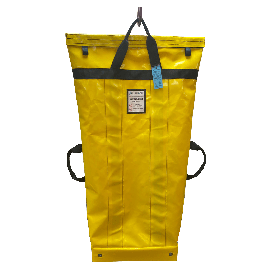
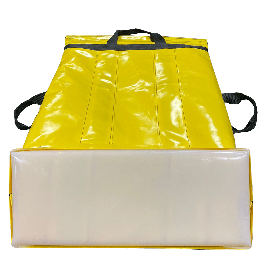
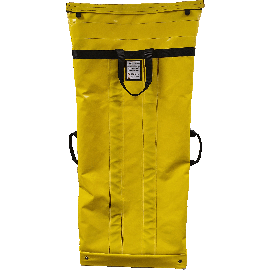
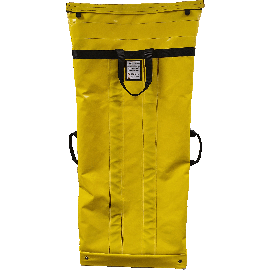
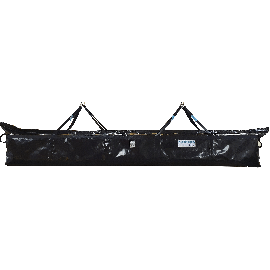
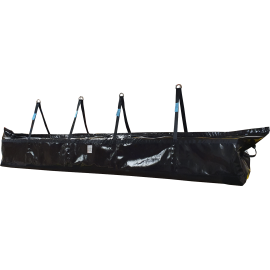
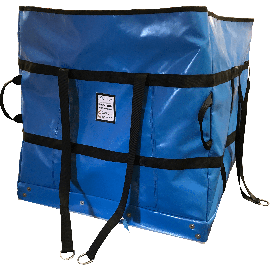
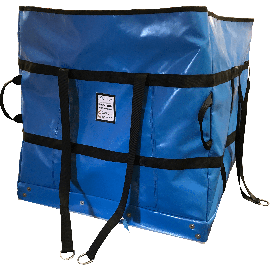
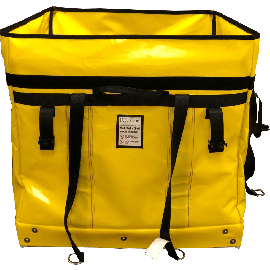
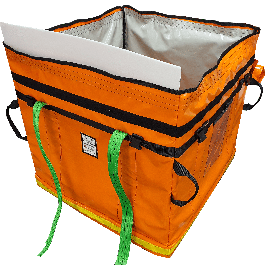
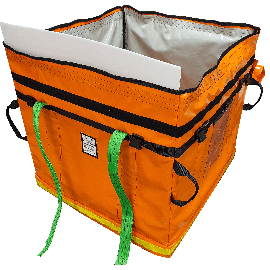
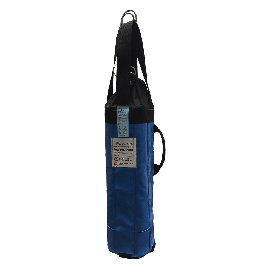
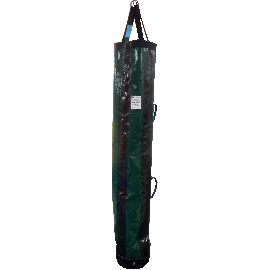
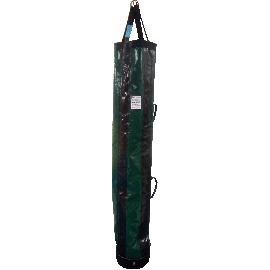
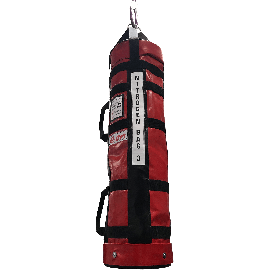
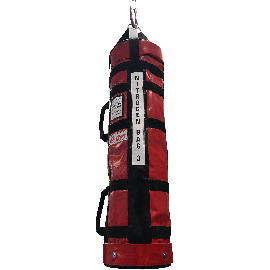
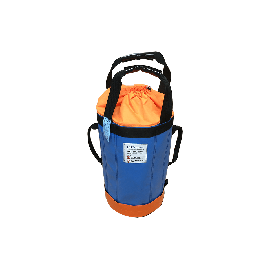

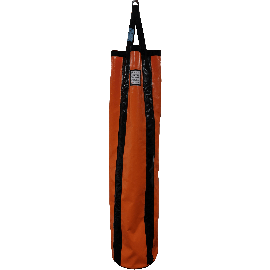
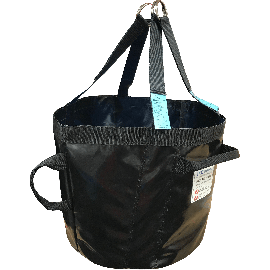
Sign In